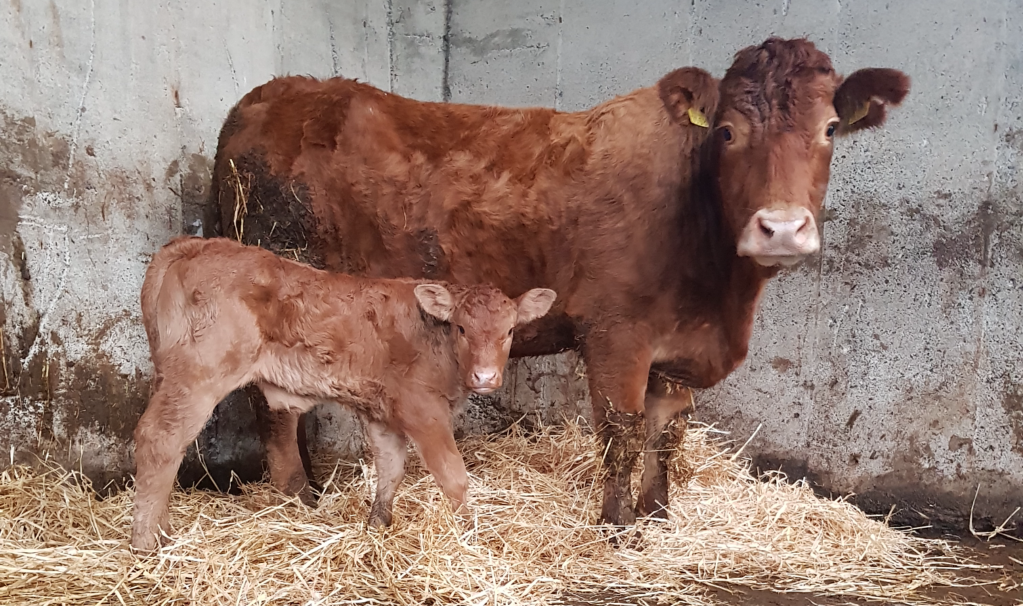On the second evening of Teagasc’s Virtual Beef Conference 2020 held on Wednesday (December 2), the theme up for discussion was ‘Improving beef health and welfare’.
The evening was chaired by Dr. Conor McAloon from the University College Dublin (UCD) School of Veterinary Medicine; while guest speakers included Dr. Bernadette Earley from Teagasc Grange and Dr. Doreen Corridan from Munster Bovine.
As part of an informative presentation provided by Dr. Corridan, the implementation and effective management tips regarding vaccination programmes within suckler herds were reviewed.
Applying lessons learned from Covid-19
The simple lessons learned throughout the global pandemic of Covid-19 should be viewed, by beef farmers, as the correct management advice to be applied to viruses within their own herd, according to Dr. Corridan.
This includes managing hygiene effectively within housing by providing clean straw bedding, especially to young animals.
Ensuring there is enough ventilation within the shed will also aid this.
Testing and tracing in the hopes of finding a virus diagnosis was an interesting point raised by Dr. Corridan, which she explained in detail. She advised suckler farmers to test their weanlings to identify specific issues within a herd.
She stated:
The calves/weanlings are quite unique, in that they are with their mother for around seven to 10 months, so any disease/virus that is circulating within the herd, will be picked up by the weanlings.
“By blood testing these calves [post weanling] it will identify antibodies for these diseases. If we were to just blood test the cows, it will show what diseases are currently present, but also what diseases were present 10-15 years ago.”
Similar to humans, cattle are vulnerable in populations to viruses within a herd. Therefore, any identification of a positively infected animal within a herd should be removed and isolated.
Vaccinations
Dr. Corridan also highlighted that a herd is still not safe – even after a vaccination programme has been implemented.
Vaccines work, but they are not a correction for poor management or poor housing. If animals are vaccinated, they are easier to cure even if they succumb to a disease.
Speaking on the type of vaccines which suckler farmers should be focusing on for cows pre-calving, Dr. Corridan stated that it is circumstantial to the disease issues that are presented on individual farms.
However, if a farmer is looking to implement a programme, then the scour vaccine should be number one priority.
The list also includes leptospirosis, infectious bovine rhinotracheitis (IBR), samonella and bovine viral diarrhoea (BVD) vaccines – but again this can be circumstantial and depend on whether or not the farm has a closed herd.
Tips for vaccination usage:
- Read the label and follow the listed instructions;
- Check expiry date before use;
- Keep refrigerated before usage;
- Comply to primary and booster injection dates;
- Comply to the route of administering the vaccination i.e. intra-muscular or subcutaneous injection;
- Aim to vaccinate on a dry day, when the cow’s skin is dry, administration is usually more hygienic;
- Allow for 14 days between vaccines;
- Discard leftover vaccines.
Concluding the presentation, Dr. Corridan explained how the use of vaccination programmes can reduce the threat of antimicrobial resistance (AMR).
She stated: “We need to tackle AMR; it is our responsibility as farmers to do this. By using vaccines, we are reducing the amount of antibiotics we use.
“We should not be using the highest priority critical antibiotics in the first line of treatment – they should only be used when nothing else will work.”

